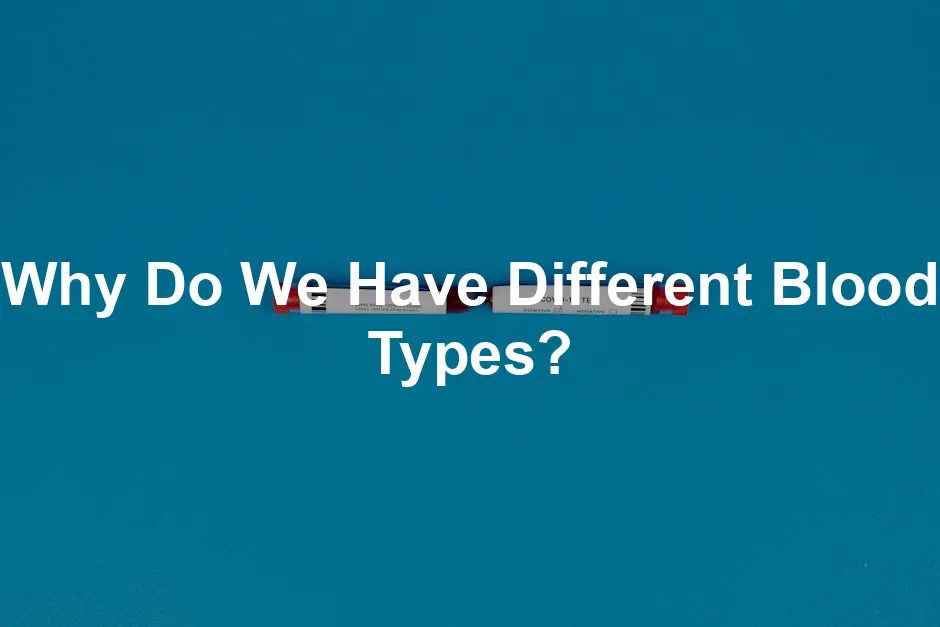
Why Do We Have Different Blood Types?
Introduction
Blood types are more than just a quirky tidbit at parties; they are crucial for medical science, especially when it comes to blood transfusions. Imagine a situation where you need a blood transfusion, and the doctor pulls out a blood bag that’s just not a match. Yikes! This is where blood types come into play.
The concept of blood types was first introduced in 1900 by Austrian physician Karl Landsteiner. He discovered that not all blood is created equal. His groundbreaking work earned him a Nobel Prize in Physiology or Medicine in 1930. Thanks to him, we now understand that blood can be categorized into different types, each with unique properties and compatibility rules. But that leads us to a lingering question: Why do different blood types exist in humans?

The Basics of Blood Types
Understanding Blood Types
At the core of our blood type system are the four main groups: A, B, AB, and O. These groups are defined by the presence or absence of specific antigens on the surface of red blood cells. Here’s a quick breakdown:
- Type A: Has A antigens
- Type B: Has B antigens
- Type AB: Has both A and B antigens
- Type O: Lacks A and B antigens
Now, there’s also the Rh factor, which adds another layer of classification. If your blood carries the Rh factor, you’re Rh positive (+); if not, you’re Rh negative (-). This brings the total number of blood types to eight: A+, A-, B+, B-, AB+, AB-, O+, and O-. Knowing your blood type is vital, especially in emergencies, where receiving the wrong type can lead to serious complications.
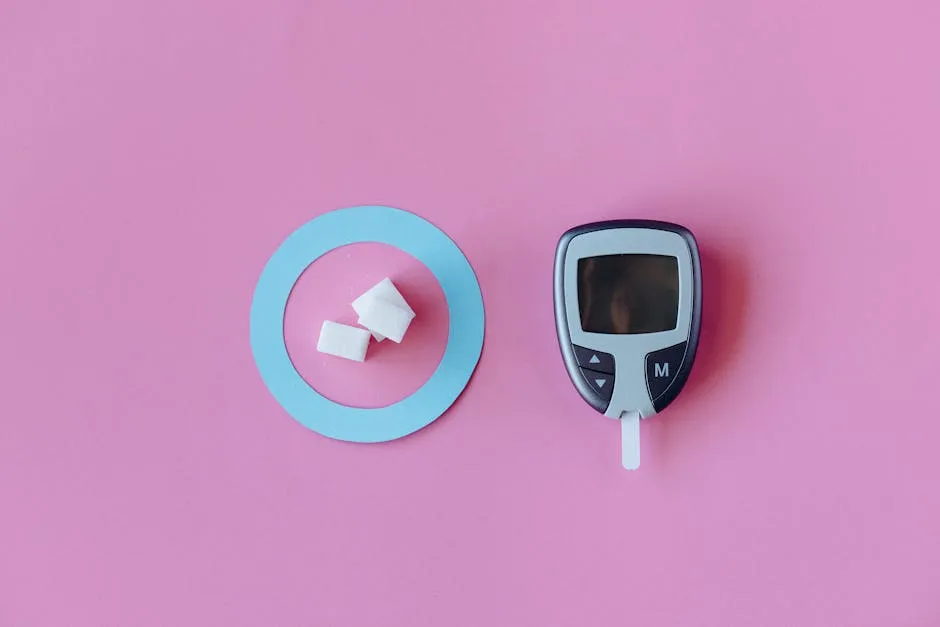
To make sure you’re always prepared, consider getting a Blood Type Identification Test Kit. This handy tool allows you to discover your blood type from the comfort of your home, ensuring you’re always in the know for any medical emergencies!
The Role of Antigens and Antibodies
Antigens are like the VIP badges on red blood cells. They tell your immune system whether the blood is a friend or a foe. When you mix blood types, it’s like trying to get into a club with the wrong ID. For instance, if someone with type A blood receives type B, their immune system will see those B antigens as intruders and launch an attack.
This immune response can result in agglutination—where red blood cells clump together, potentially causing kidney failure and other severe complications. So, if your blood type is O, consider yourself the universal donor. O blood lacks A and B antigens, making it acceptable for any recipient. But remember, O types can only receive blood from other O types.
Understanding blood types is not just a science lesson; it’s a matter of life and death in medical settings. So, the next time you hear someone mention their blood type, just think of it as their unique identity card, one that could save lives!
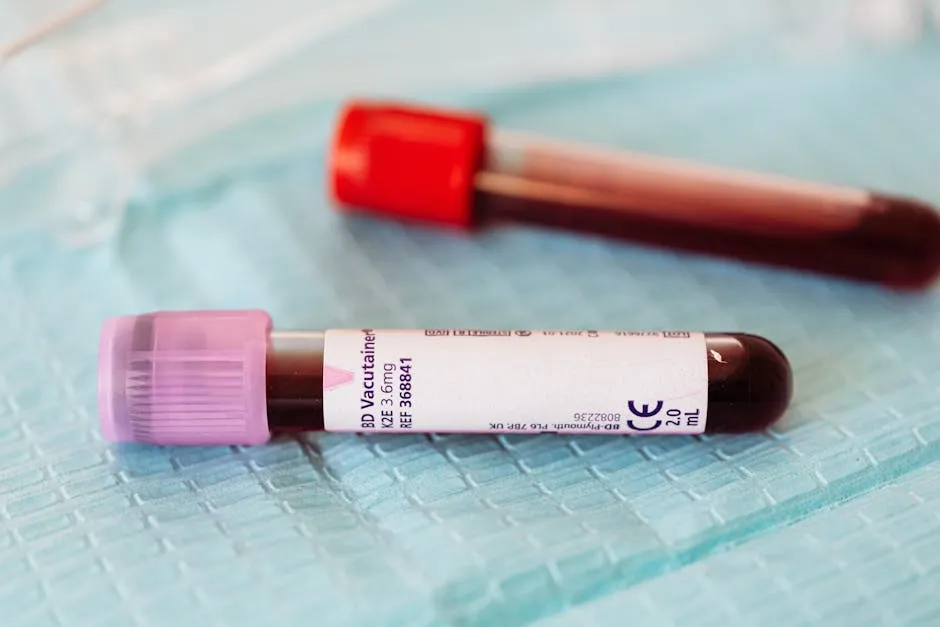
Historical Context
Discovery of Blood Types
In 1900, a groundbreaking moment in medical science occurred. Austrian physician Karl Landsteiner discovered blood types, a revelation that would shape modern medicine. He mixed blood samples and observed distinct clumping patterns. This clumping, known as agglutination, led him to categorize blood into three groups: A, B, and O. Later, his students identified AB as the fourth group. His discovery earned him a Nobel Prize in 1930 and paved the way for safe blood transfusions.
Before Landsteiner’s work, transfusions were a risky business. Imagine doctors blindly mixing blood types like a game of roulette. Many patients suffered severe reactions. Landsteiner’s findings transformed this chaos into a more organized system.
Following his discovery, the Rh factor was identified in 1937 by Landsteiner and colleague Alexander Wiener. This addition created the positive (+) and negative (-) classifications, further refining blood compatibility. Today, we recognize over 36 blood group systems, but the ABO and Rh systems remain the most significant. These classifications are crucial not only for transfusions but also for organ transplants.
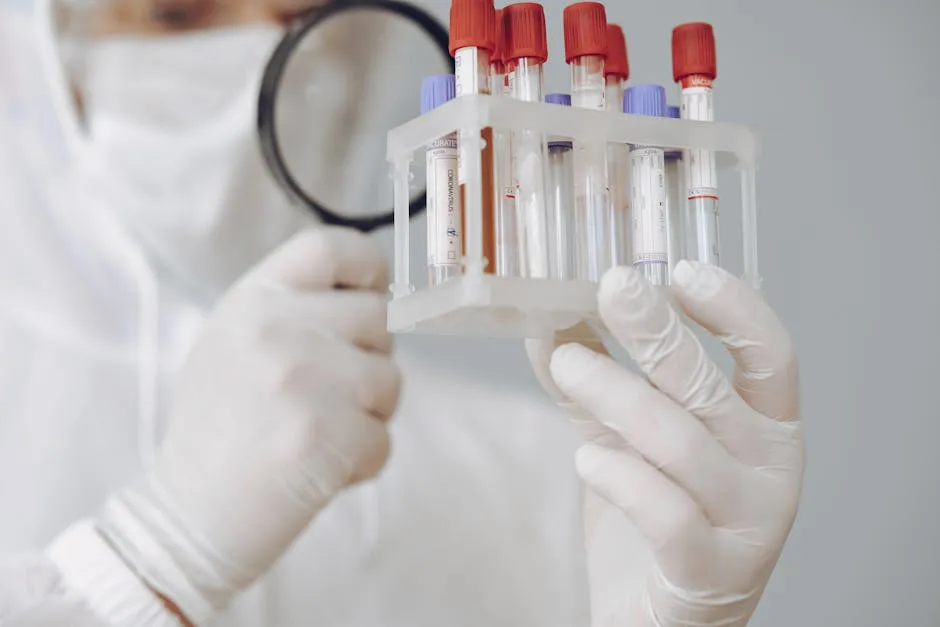
In short, Landsteiner’s work revolutionized how we understand blood and its compatibility. It saved countless lives and changed the face of medicine.
Evolutionary Perspectives on Blood Types
The existence of different blood types has raised intriguing questions about their evolutionary significance. One prominent hypothesis centers on disease resistance. Research suggests that blood types may have provided advantages against certain diseases, particularly malaria.
Individuals with type O blood seem to enjoy a protective edge against severe malaria. A study published in Proceedings of the National Academy of Sciences found that type O individuals were 66% less likely to develop severe forms of malaria compared to other blood types. This protective advantage is thought to be linked to the malaria parasite’s interaction with red blood cells. The parasite’s ability to bind to type A cells is stronger, making type O individuals less susceptible to the disease.
Furthermore, variations in blood types may have evolved as adaptations to different environmental pressures. The distribution of blood types correlates with geographical regions affected by specific diseases. In areas with high malaria prevalence, type O blood is common, suggesting a historical advantage in survival.
However, the evolutionary significance of blood types is still a subject of debate. While some studies support links between blood types and disease susceptibility, others caution against drawing definitive conclusions. The relationship remains complex, influenced by environmental factors and genetic diversity.
In summary, the evolution of blood types likely intertwines with human survival. Understanding these connections continues to be a fascinating area of research.
Blood Types and Disease Associations
Correlation with Health Conditions
Blood types are not just for medical paperwork; they may play a role in our health too. Numerous studies have explored how different blood types can influence susceptibility to various diseases. For instance, research suggests that individuals with type O blood enjoy a unique advantage against malaria. A study published in Proceedings of the National Academy of Sciences found that type O individuals were 66% less likely to develop severe malaria compared to those with other blood types. This correlation hints at an evolutionary survival advantage, particularly in malaria-endemic regions.
But the story doesn’t end there. Type A blood has been linked to an increased risk of stomach cancer. A study in BioMed Research International indicated that individuals with type A blood might have a higher susceptibility to this condition. The reasoning behind this association remains complex and could be tied to genetic factors or the way blood types interact with various pathogens.
Moreover, other blood types also show intriguing associations with diseases. For example, there’s evidence that type AB individuals may be more prone to certain infections, including smallpox. Researchers suggest that the presence of specific antigens on type AB blood can influence immune response dynamics, making these individuals more vulnerable to certain pathogens that exploit these antigens.
Geographic distribution of blood types may also mirror historical disease outbreaks. In areas where malaria was rampant, type O blood became more prevalent, possibly due to the survival advantage it conferred. Conversely, in regions with other endemic diseases, different blood types may have evolved as a defense mechanism.
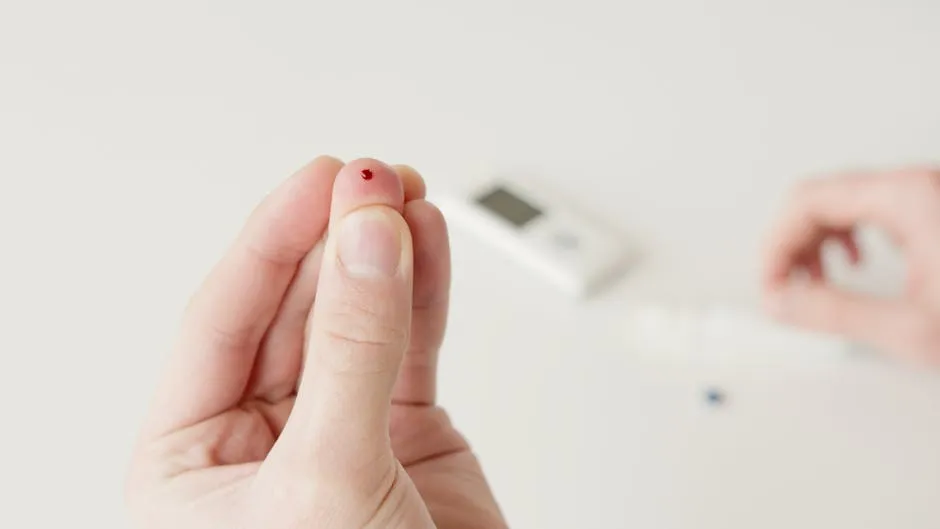
In essence, the link between blood types and health conditions is a fascinating web of genetics, environment, and evolutionary history. While we are still piecing together the puzzle, these associations provide insight into how our blood types may shape our health journeys.
Current Research and Future Directions
The exploration of blood types and their health connections is far from over. Ongoing research aims to deepen our understanding of how blood types can influence medical treatments and public health initiatives. Scientists are investigating the potential of blood type-specific therapies, which could revolutionize how we approach treatments for various diseases.
For example, researchers are examining how blood type can affect vaccine responses. Preliminary studies suggest that individuals with different blood types may respond variably to vaccines, as their immune systems react differently based on the antigens present. This could lead to personalized vaccination strategies tailored to blood type, enhancing efficacy and improving public health outcomes.
Furthermore, genome studies are shedding light on the genetic underpinnings of blood type associations with diseases. By identifying the specific genes linked to blood type variations, researchers hope to unlock more precise medical applications. This could pave the way for targeted therapies that take blood type into account when treating conditions like cancer or infectious diseases.
As our knowledge of blood types continues to expand, so too does the potential for improved healthcare. Understanding the intricate connections between blood types and health not only informs medical practices but also empowers individuals to make informed decisions regarding their health. The future of blood type research holds exciting possibilities, promising to unravel more of the mysteries tied to our red blood cells and their significant role in our lives.
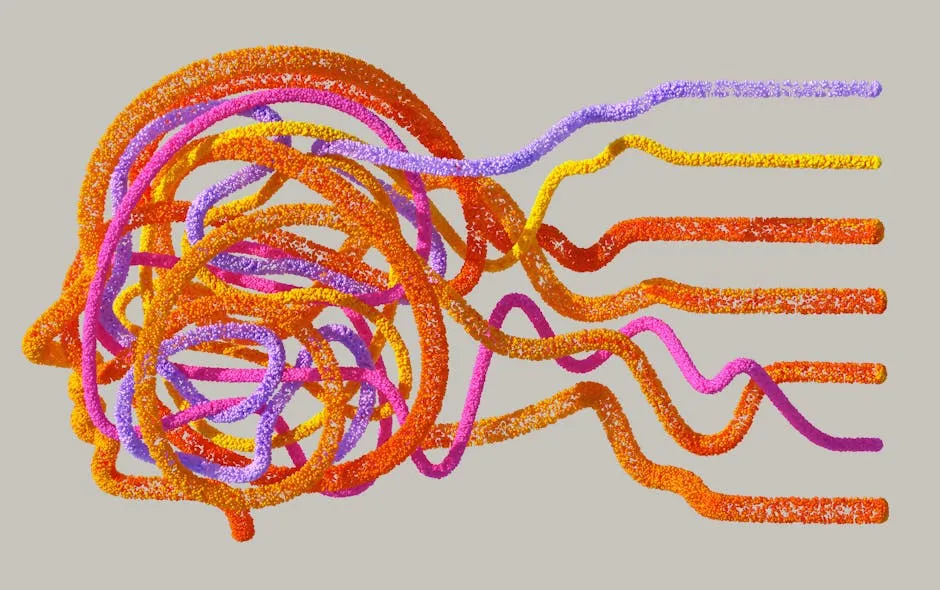
Blood Transfusion and Compatibility
Importance of Blood Compatibility
When it comes to blood transfusions, compatibility is paramount. Imagine needing a blood transfusion, and instead of life-saving help, you get a cocktail of incompatible blood. Yikes! It’s a recipe for disaster. Each blood type has unique properties that can trigger serious immune reactions if mixed carelessly. That’s where the importance of blood type compatibility shines through.
In the realm of blood transfusions, not all blood is created equal. For instance, Type O negative is the universal donor. Why? It lacks A and B antigens, making it compatible with all other blood types. It’s like the friendly neighbor who brings cookies to every block party. On the flip side, Type AB positive is the universal recipient. This type can receive blood from any group, making it a VIP in the transfusion world.
Organ transplants also hinge on blood compatibility. Imagine needing a new kidney, only to find out the donor’s blood type is a mismatch. That could lead to rejection and other complications. Thus, knowing one’s blood type isn’t just trivia; it’s vital for survival.

To ensure you’re always prepared for potential medical situations, consider keeping a First Aid Kit handy. It’s like having a safety net whenever you need it, ensuring you’re ready for any unexpected medical hiccup!
Advances in Blood Typing and Safety
In recent years, blood typing technologies have undergone impressive advancements. Gone are the days of guesswork and messy experiments. Today, sophisticated methods ensure precise blood typing, enhancing safety for patients. Modern techniques, such as molecular typing, allow for accurate identification of complex blood group antigens.
Cross-matching blood is another critical practice that bolsters transfusion safety. This process involves mixing a small sample of the donor’s blood with that of the recipient. It’s like a compatibility test, ensuring that no immune reactions will occur.
Moreover, meticulous blood donation protocols have become the norm. Blood centers now implement strict screening measures to minimize risks. Each donation is tested for various diseases, ensuring that only safe blood reaches those in need.
In summary, advancements in blood typing technologies and rigorous safety protocols are transforming transfusion practices. They help ensure that receiving blood is as safe as munching on a cookie from your friendly neighbor—without the risk of an allergic reaction!
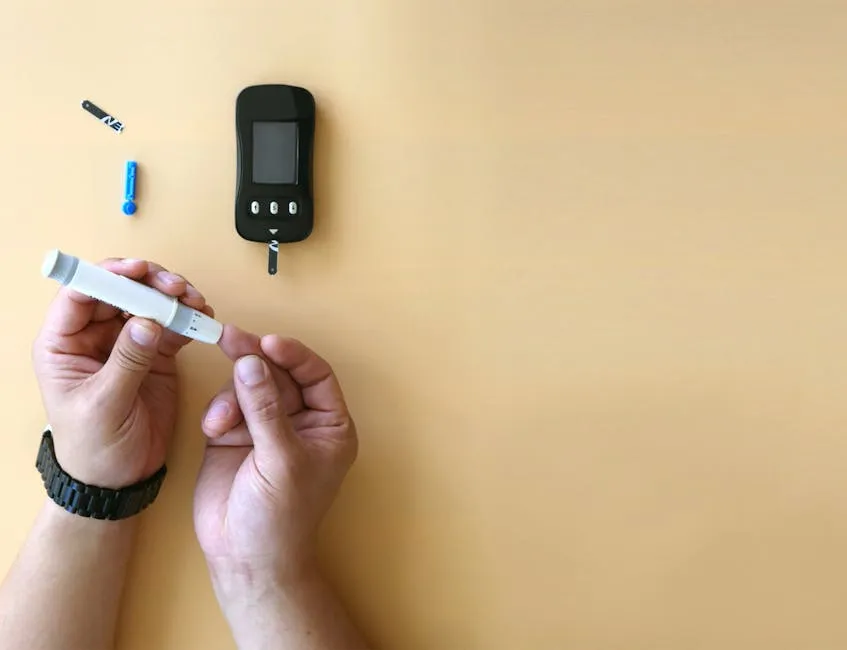
FAQs
How can I find out my blood type?
Finding out your blood type is easier than you think! The most straightforward way is to get a blood test done. You can request this through your doctor or simply visit a blood donation center. When you donate blood, they will test your blood type and inform you afterward. Some at-home blood test kits are also available for the curious-minded! Just follow the instructions carefully, and you’ll uncover your blood type without needing to leave your house.
Why is Type O considered the universal donor?
Type O blood is often dubbed the universal donor. Why? Because it lacks A and B antigens on the surface of red blood cells. This means that Type O blood can be transfused into recipients of any blood type without triggering an immune response. Imagine trying to enter a party without an invitation—Type O simply doesn’t have any “guest list” markers that could cause trouble. However, it’s essential to note that Type O individuals can only receive blood from other Type O donors to avoid complications.
Do blood types change over time?
It’s a bit of a twist, but yes, blood types can change under certain conditions. While most people have the same blood type throughout their lives, several medical treatments or conditions can cause shifts. For instance, bone marrow transplants can lead to a change in blood type, as the recipient adopts the donor’s blood characteristics. However, these scenarios are relatively rare, and for most of us, our blood type remains constant like our love for pizza!
Are there rare blood types?
Yes, indeed! While there are eight main blood types, some are rarer than others. For instance, AB negative is one of the least common blood types, seen in only about 1% of the population. The existence of rare blood types adds a fascinating layer to our understanding of blood type diversity. Different populations may have varying frequencies of blood types due to genetics and environmental factors. This diversity is vital for blood banks, as certain rare types are often in high demand.
Why should I know my blood type?
Knowing your blood type is like having a secret weapon in your health arsenal. In medical emergencies, your blood type can significantly affect treatment decisions, especially during transfusions. If you require surgery or have an accident, doctors need to know your blood type to ensure compatibility. Understanding your blood type can also help you make informed decisions about blood donation and even potential health risks associated with specific blood types. So, don’t just ask for it at parties—knowing your blood type can be a lifesaver!
Conclusion
In summary, understanding blood types is crucial for human health and medical practices. The importance of blood compatibility cannot be overstated, especially in transfusions and organ transplants. The concept of universal donors and recipients ensures that patients receive safe and suitable blood.
Advancements in blood typing technologies have made these processes safer than ever. As we continue to learn about blood types, the complexity of their evolution offers exciting possibilities for future medical research. Understanding these variations may lead to better medical treatments, enhancing patient care globally. So, next time you hear about blood types, remember—it’s not just a matter of science; it’s a matter of life and death!
To learn more about why we have different blood types and what they mean, check out this article: Why do we have different blood types and what do they mean
And if you’re looking to delve deeper into the science of blood, consider picking up a copy of Blood Typing and Crossmatching: A Practical Guide. This book is an essential read for anyone wanting to understand the ins and outs of blood compatibility. Trust me, your future self will thank you!
Please let us know what you think about our content by leaving a comment down below!
Thank you for reading till here 🙂
All images from Pexels




